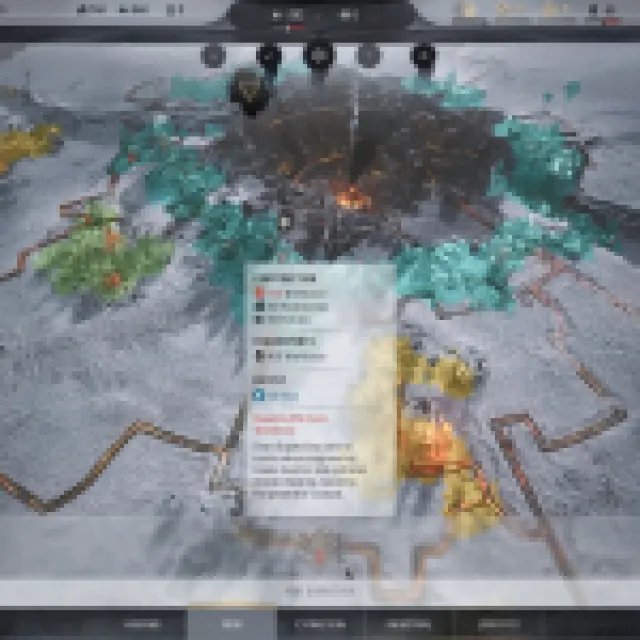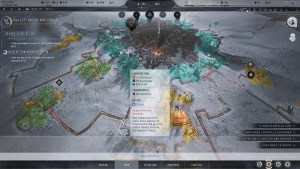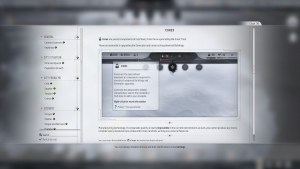How to Get Heat in Frostpunk 2 | Complete Heating Guide
Survive the whiteout!

Frostpunk 2’s most valuable resource is heat. It does make sense since the game is called Frostpunk, and you need heat to survive the winter. Getting heat is easy, but it becomes exponentially complicated really fast. There’s only one source of heat, but there are several strategies to get more heat indirectly to survive. Here’s a complete guide on how to get heat in Frostpunk 2.
Complete Heating Guide for Frostpunk 2


Providing heat to your districts is one of the main ways to see your civilization flourish. It prevents many unwanted disasters and indirectly helps your population grow. The first step to getting heat is acquiring the needed resources to open your generator.
Each game starts with a generator, and it’ll constantly eat up resources to heat up whatever is near it. The resource required differs per playthrough. When you play the prologue, you’ll need Oil to start the Dreadnaught’s Furnace, which produces heat.
In the next chapter, you’ll work with a generator that requires coal to activate. The game easily gives you the resources to fuel the generator, but resources are always finite. Once you have gained the resources, you want to be as thrifty or cost-efficient with your resources as much as possible.
This brings us to the next heat generation sources.
How to Get More Heat in Frostpunk 2


There are several ways to improve your city’s heating. For one, there are resources called Cores, which are acquired through expeditions outside your main city. These Cores are used to build or upgrade certain buildings that give more heating. This is the main way to improve your heating outside of the available materials in your playable zone. Since Coal or Oil is finite, you’ll need Cores to replace these sources of heat.
Before you get these Cores, you might even run out of these heat resources. This is where you need to squeeze out as much heat as possible. To get more indirect heat, you want to place your districts close to each other. Build around the generator and make sure you cover every inch or tile with buildings to improve heating.
There are occasions where you cannot do this since you need some resources that are quite far from the generator. You can still build districts to get these resources, but you want to fill in the gaps in the future.
Next, you want to research structures that unlock heating. You can browse through the research nodes once you have the institution. You can also pass laws that lessen the requirement for heat.
In addition to these features, you can also temporarily increase the heat output of your generator by putting it on overdrive in dire situations. That’s everything you need to do about heating.
